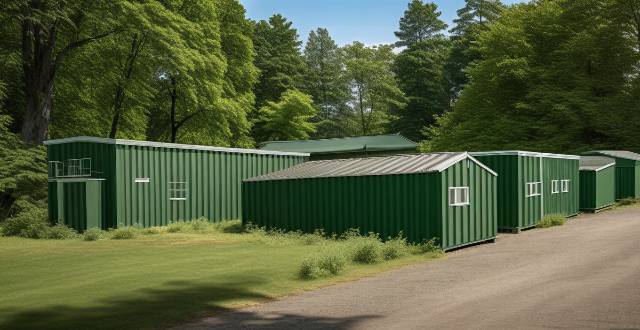Carbon capture and storage (CCS) can mitigate greenhouse gas emissions but poses environmental impacts such as geological risks, land use disruption, water resource issues, energy penalties, and economic and social effects. To minimize these impacts, CCS projects should undergo thorough EIAs and include robust monitoring systems.

Potential Environmental Impacts of Carbon Capture and Storage (CCS)
Carbon capture and storage (CCS) is a technological approach to mitigate the effects of greenhouse gas emissions by capturing carbon dioxide (CO2) from large point sources, such as power plants or industrial facilities, and then storing it underground. While CCS can significantly reduce CO2 emissions, it also poses potential environmental impacts that need careful consideration. Below are some of these potential impacts:
Geological Risks
- Leakage: One of the primary concerns with CCS is the risk of CO2 leaking from storage sites into the atmosphere or into groundwater, which could have adverse effects on both ecosystems and human health.
- Induced Seismicity: Injecting large volumes of CO2 into geological formations can potentially cause minor earthquakes due to increased pressure and fluid movement within the rocks.
Land Use and Ecosystem Disruption
- Site Selection: Selecting sites for CCS infrastructure, such as pipelines and storage wells, may result in land use changes and disruption of natural habitats.
- Transportation: Building pipelines to transport CO2 can fragment wildlife habitats and affect local ecosystems.
Water Resources
- Water Consumption: Some CCS technologies require significant amounts of water for cooling purposes and for creating the high-pressure conditions needed to transport CO2. This water usage can compete with other water needs, including agricultural and municipal supplies.
- Water Contamination: There is a risk of contaminating water resources if CO2 or other substances used in the capture process leak into groundwater systems.
Energy Penalty and Emissions Shift
- Energy Consumption: Capturing CO2 often requires energy, which can increase the overall energy demand and associated emissions if the energy source is not clean.
- Emissions Shift: Without proper management, efforts to reduce CO2 emissions through CCS could simply shift emissions to another part of the lifecycle or to another region, rather than achieving an absolute reduction.
Economic and Social Impacts
- Cost Implications: CCS is currently an expensive technology, which can affect its widespread adoption and might lead to higher energy costs for consumers.
- Job Creation vs. Displacement: While CCS projects can create jobs, they might also displace workers in industries that are phased out due to emission reduction policies.
Public Perception and Acceptance
- Safety Concerns: Public acceptance of CCS can be hindered by safety concerns related to the storage of large quantities of CO2 underground.
- Lack of Understanding: Limited public awareness and understanding of CCS can lead to resistance against its implementation.
Summary of Environmental Impacts
To minimize potential negative impacts, CCS projects should undergo rigorous environmental impact assessments (EIAs) and include comprehensive monitoring and verification systems to ensure long-term safety and effectiveness. Moreover, research and development should continue to improve CCS technologies to reduce their environmental footprint and make them more economically viable.